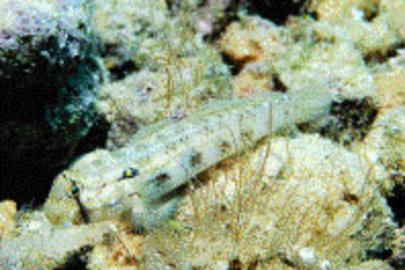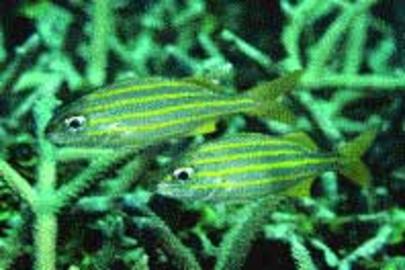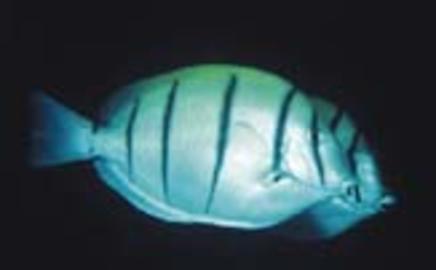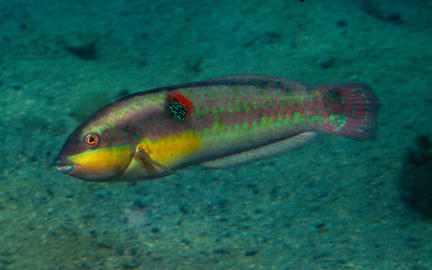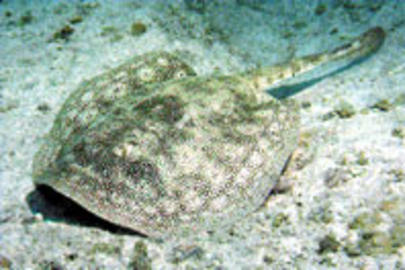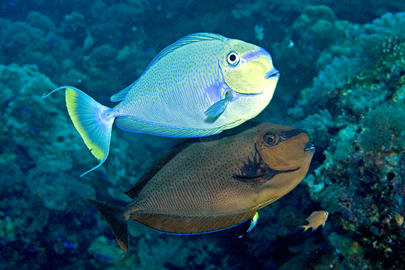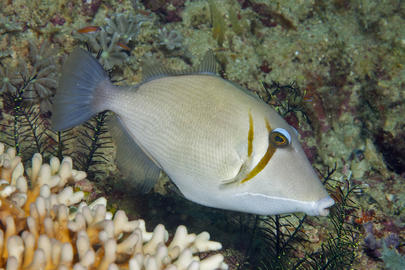Search Results
Sort by
Content type
- e-News article (1572) Apply e-News article filter
- Species (1535) Apply Species filter
- Event (660) Apply Event filter
- Fishinar (460) Apply Fishinar filter
- GAFC Event (271) Apply GAFC Event filter
- e-News edition (254) Apply e-News edition filter
- Field Survey Trip (233) Apply Field Survey Trip filter
- Publication (138) Apply Publication filter
- Press Release (125) Apply Press Release filter
- News Clipping (85) Apply News Clipping filter
- Blog entry (19) Apply Blog entry filter
- Quiz (9) Apply Quiz filter
- Program (4) Apply Program filter
Author
- admin (1606) Apply admin filter
- Christy (1147) Apply Christy filter
- amylee714 (924) Apply amylee714 filter
- ellieplace (373) Apply ellieplace filter
- nwscubamom (325) Apply nwscubamom filter
- REEF Marine Conservation Interns (198) Apply REEF Marine Conservation Interns filter
- Staceyrh26 (77) Apply Staceyrh26 filter
- mklitzkie (59) Apply mklitzkie filter
- sdoceans (48) Apply sdoceans filter
- truebluegirl101 (48) Apply truebluegirl101 filter
- Alecia Adamson (47) Apply Alecia Adamson filter
- 100fishid (46) Apply 100fishid filter
- carolinemcc (40) Apply carolinemcc filter
- dcc04003 (39) Apply dcc04003 filter
- Noa L Parks (38) Apply Noa L Parks filter
- kkenning (36) Apply kkenning filter
- Leda (31) Apply Leda filter
- Joe.Cavanaugh (29) Apply Joe.Cavanaugh filter
- Reef Watch (17) Apply Reef Watch filter
- sroach (17) Apply sroach filter
- zbamman (17) Apply zbamman filter
- allicandelmo (15) Apply allicandelmo filter
- underpressure spurdog (15) Apply underpressure spurdog filter
- MeadKrowka (14) Apply MeadKrowka filter
- Carolyn Corley (13) Apply Carolyn Corley filter
- islandgirl99 (13) Apply islandgirl99 filter
- pnwscuba (13) Apply pnwscuba filter
- Lad (12) Apply Lad filter
- rskillm (12) Apply rskillm filter
- adamnardelli (8) Apply adamnardelli filter
- moosemussey (8) Apply moosemussey filter
- elunderwood (7) Apply elunderwood filter
- vkbarne2 (7) Apply vkbarne2 filter
- dehlert (6) Apply dehlert filter
- bubbles (5) Apply bubbles filter
- floridaocean (5) Apply floridaocean filter
- seattlescuba (5) Apply seattlescuba filter
- dcosv (4) Apply dcosv filter
- silentworld (4) Apply silentworld filter
- Barrier Island Center (3) Apply Barrier Island Center filter
- brownkat (3) Apply brownkat filter
- estokes (3) Apply estokes filter
- adambluediver (2) Apply adambluediver filter
- captrib (2) Apply captrib filter
- hilaryfish (2) Apply hilaryfish filter
- Kadugan (2) Apply Kadugan filter
- malamapupukeawaimea (2) Apply malamapupukeawaimea filter
- OceanProDivers (2) Apply OceanProDivers filter
- SCDCIE (2) Apply SCDCIE filter
- shelbydthomas (2) Apply shelbydthomas filter


